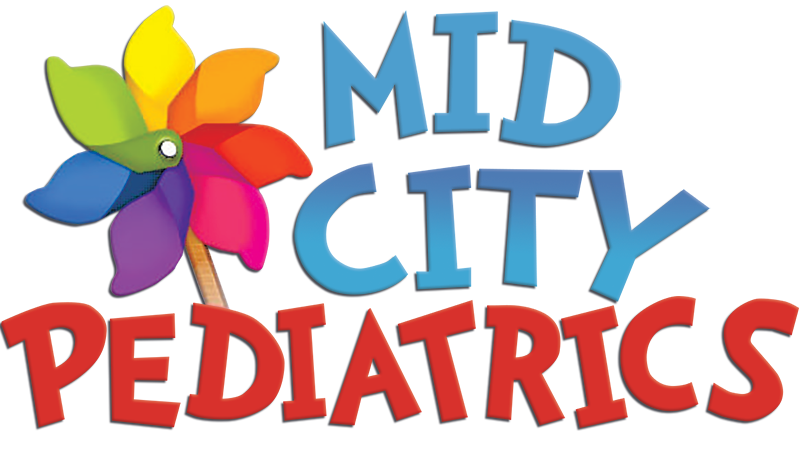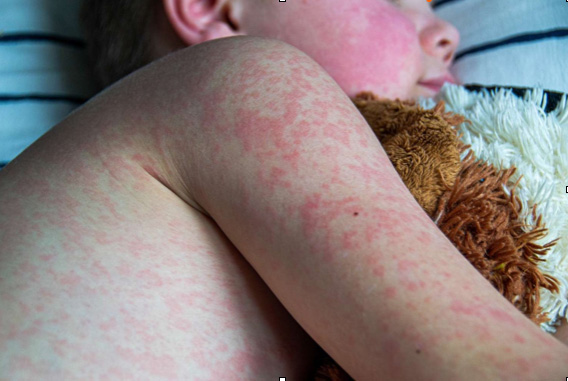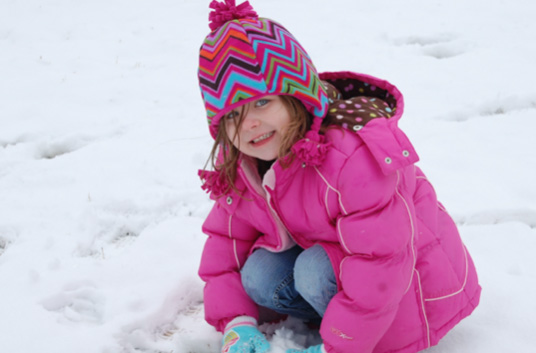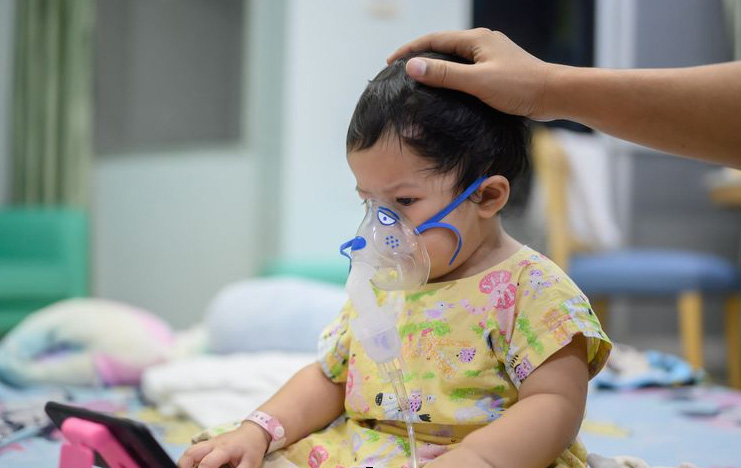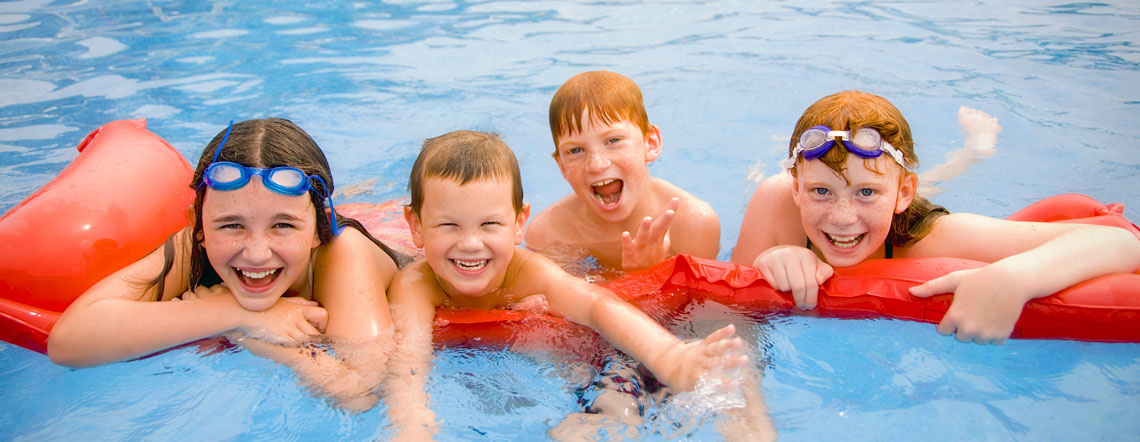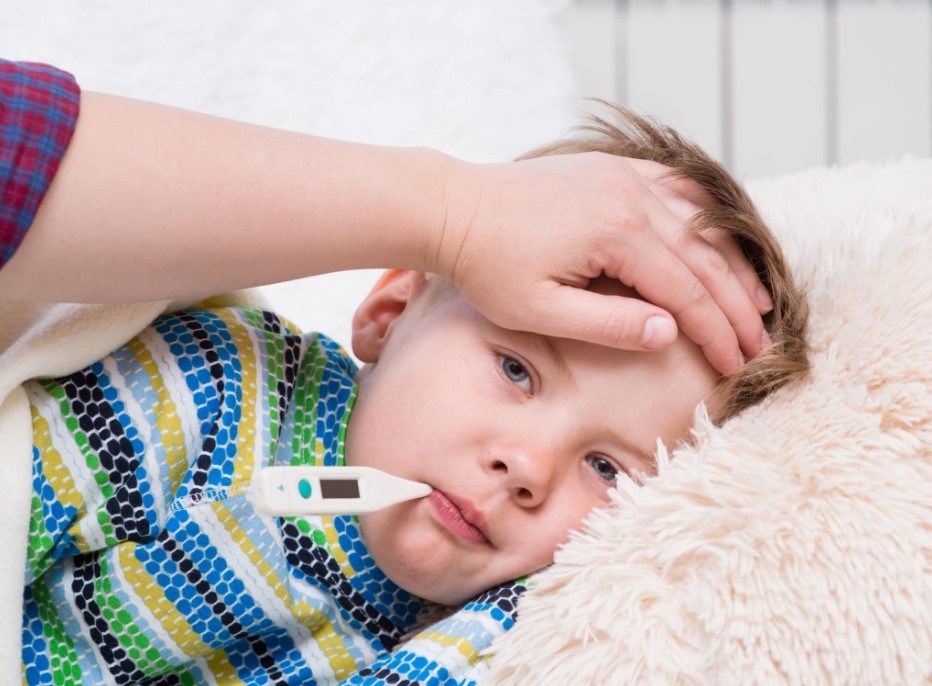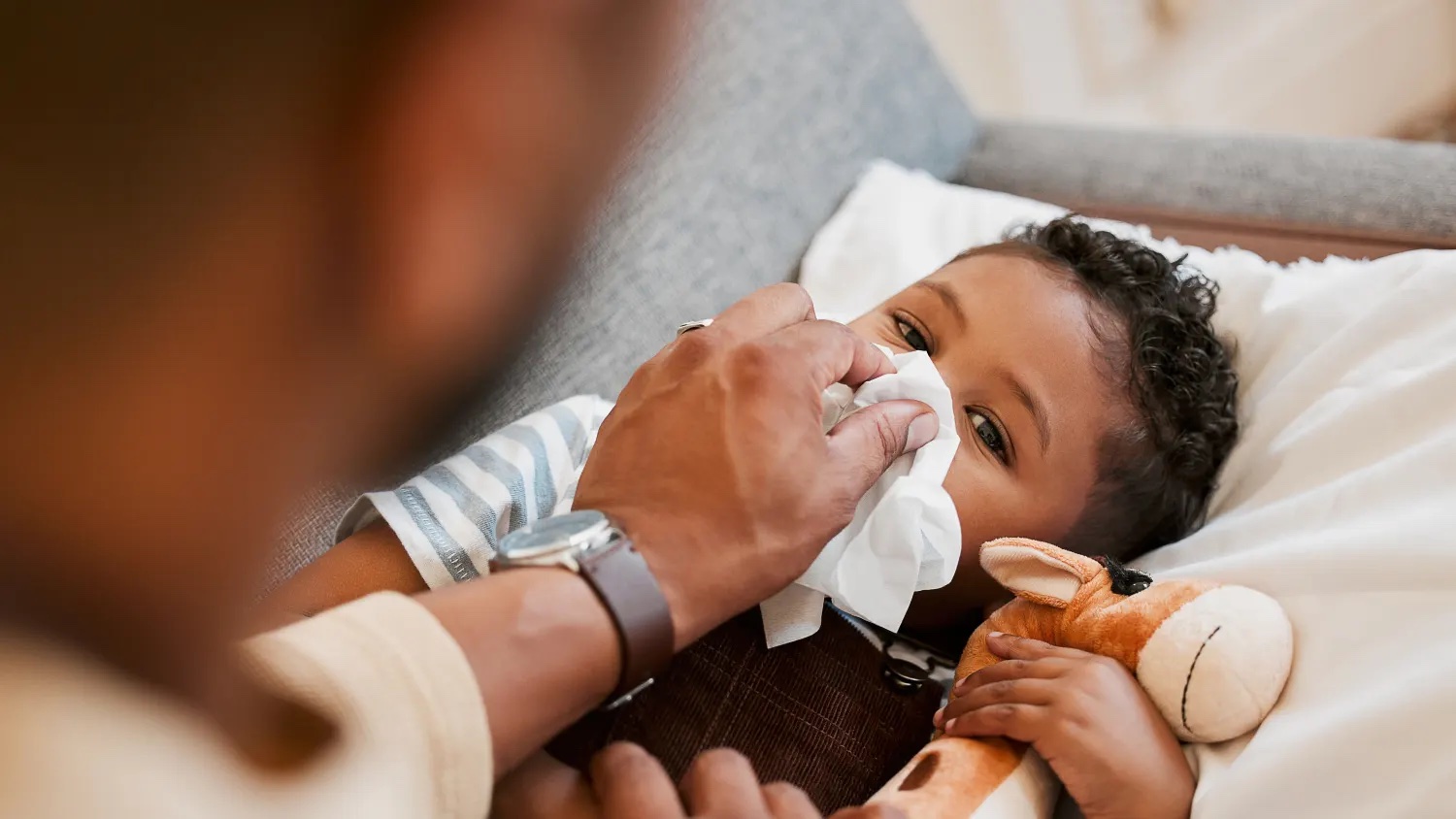At Mid City Pediatrics, we are always looking for innovative ways to better understand and support the children and families we serve. One of the latest tools available in our practice is FRAT® testing (Folate Receptor Autoantibody Test)—a specialized blood test that may uncover an important underlying factor in children with autism, speech delays, seizures, and other developmental challenges.
What Is FRAT®?
FRAT® is a blood test that detects autoantibodies against folate receptor alpha (FRα). This receptor helps transport folate (vitamin B9) into the brain—an essential process for healthy brain development, neurotransmitter function, and cognition.
When these autoantibodies are present, they may block or interfere with folate transport into the brain. This condition is known as cerebral folate deficiency (CFD). Even if a child has normal folate levels in their blood, the brain may still be folate-deficient if these antibodies are present.
Why Does It Matter?
Recent research shows that up to 75% of children with autism spectrum disorder (ASD) may have folate receptor autoantibodies. Identifying this issue can help target treatment more effectively.
Children with CFD related to FRα autoantibodies may experience:
• Speech and language delays
• Behavioral challenges or irritability
• Repetitive behaviors
• Developmental regression
• Attention and focus issues
• Seizures or other neurological symptoms
In such cases, addressing the deficiency may lead to meaningful improvements in communication, behavior, and overall development.
How Is the Test Done?
At Mid City Pediatrics, we offer FRAT® testing and follow-up care. Here’s how it works:
- Schedule an appointment with one of our pediatricians to discuss your child’s symptoms and medical history.
- If appropriate, we’ll order the test and provide instructions.
- Your child’s blood is drawn at our in-house lab.
- The sample is processed by a certified specialty lab, with results typically available in 2–4 weeks.
- We’ll contact you to review the results and discuss next steps.
What If the Test Is Positive?
If your child tests positive for folate receptor autoantibodies, treatment typically includes a prescription for folinic acid (leucovorin calcium)—a form of folate that can bypass the blocked receptors and reach the brain. Studies have shown that some children respond with improvements in:
• Verbal communication
• Social interaction
• Attention span
• Emotional regulation
Some families also choose to try a dairy-free diet, as bovine milk may increase autoantibody activity in certain cases.
At Mid City Pediatrics, we will work closely with you to create a personalized treatment plan and monitor your child’s progress.
Learn More
To read more about the FRAT® test and the research behind it, visit the official website:
🔗 http://www.fratnow.com
If you believe this test might be helpful for your child, we are here to help.
Call our office to schedule a consultation with one of our pediatricians. We’re happy to walk you through the process and answer any questions.
📞 318-221-2225
🌐 http://www.midcitypeds.com
This blog post is for informational purposes only and is not intended to diagnose any medical condition. Please consult with your pediatrician to determine if this test is appropriate for your child.
Dr. Cockrell grew up in nearby Natchitoches, LA. She graduated magna cum laude from Northwestern State University with a BS in Biology before pursuing her medical education at Louisiana State University Health Sciences Center in Shreveport. In 2004, she proudly earned her medical degree and was honored with membership in the esteemed Alpha Omega Alpha medical honor society. After completing her medical residency training at LSUHSC while raising her young family, Dr. Cockrell made Shreveport her home. Since 2007, she has been a valued member of Mid City Pediatrics, certified by the American Board of Pediatrics, and is a Fellow of the American Academy of Pediatrics.
